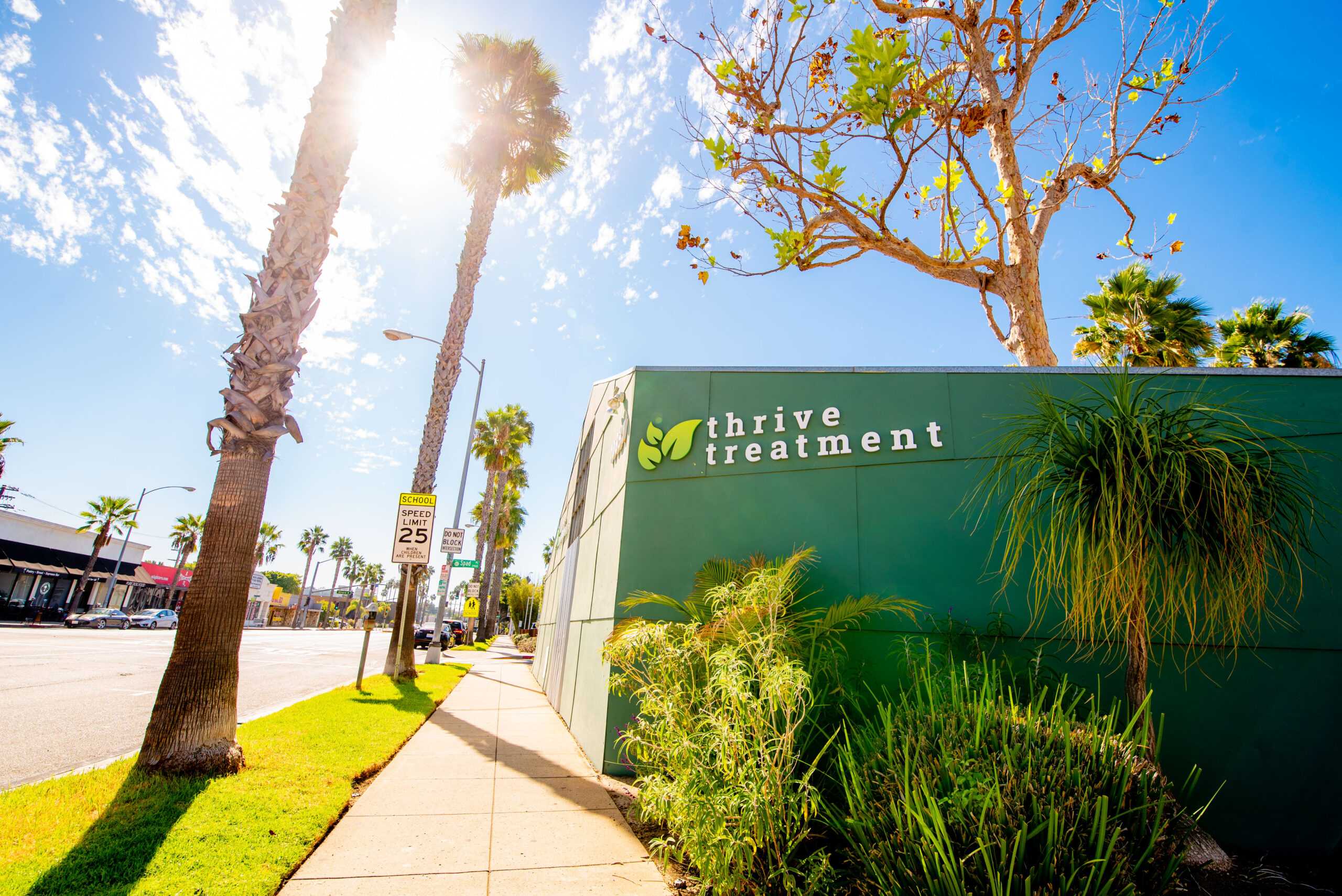Intervention is a strategy that is commonly used to address the ongoing behavior of the addict because of their addiction. An interventionist is necessary to implement an effective intervention to ensure that your loved one has the best care. It is essential to understand how to know when it is time for an intervention to get a loved one the help they need.
What is an Intervention?
An intervention is something that families or friends of a loved one with substance use issues will plan to help get their loved one into treatment. An intervention typically involves family members, friends, and community members close to the person addicted to substances gathering together in one place. They each talk to the person with addiction openly with this group of people to help the individual see how their addiction has been affecting themselves and the people around them. The goal is usually for the individual to make a choice to go to treatment right away.
What is the Purpose of an Intervention?
Substance use can cloud the judgment of the individual using it and cause them not be able to clearly see the harm that the drugs are doing to themselves and their relationships. Therefore, the purpose of an intervention is to help the individual see the consequences and accept help right away. The hope is that having the addict’s loved ones show up all together for them and sharing their feelings in a vulnerable way will help the addict build insight into the severity of their addiction. Although agreeing to seek treatment right away is the ultimate goal, it does not always happen this way. Unfortunately, the addict may decide against treatment even after the intervention. In this case, the intervention continues by setting a firm and clear boundary for the addict. This includes cutting them off from getting money or other support from the people they love until they have decided to accept treatment.
How to Know When It Is Time for an Intervention?
If your loved one’s addiction is severe, then it is likely time for an intervention. Here are some signs that you may look for to indicate that it’s time for an intervention:
- They have resorted to stealing from people they care about to get access to drugs
- They have engaged in criminal activity for the purpose of getting access to drugs
- They have lost many friendships and relationships because of their drug use
- They have put themselves or loved ones in harm’s way because of their drug use
- They are unable to function independently (e.g., holding a job, keeping a place to live, etc.) because of the drug use
How to Set Up an Intervention
When setting up an intervention, you need to strategically plan who should be there and where it should occur. An intervention should always have an interventionist present. An interventionist is a person that acts as a mediator during the intervention and guides the intervention. Interventionists specialize in substance use disorders. Once you’ve chosen an interventionist that you feel will best serve your loved one, you will need to decide who all should be present at the intervention. It’s best to include individuals that are within the closest circle of the individual. It’s also important to make sure that these individuals are coachable in being able to keep their cool if they are triggered by the behavior of the addict. It would help if you also were strategic in deciding where to hold the intervention. Not only should it be a large enough space to hold everyone participating, but it should also be a place that is considered safe by the addict. It should be a place that they feel comfortable in.
How to Find an Intervention Specialist Who Can Help
If you, a loved one, or someone you know is struggling with a substance use disorder or addiction, don’t hesitate to reach out for help as soon as possible. It is never too soon nor too late to seek help. Addiction treatment centers like Thrive Treatment can assist you in detoxing from Adderall or other drugs, find therapy options that best suit you, and develop skills to maintain long-term sobriety. Thrive Treatment has many options available for addiction treatment, such as partial hospitalization, intensive outpatient, outpatient, and sober living home options. Our variety of options allows us to help you build a personalized treatment plan based on your needs. Contact us today to schedule an assessment and start treatment.





